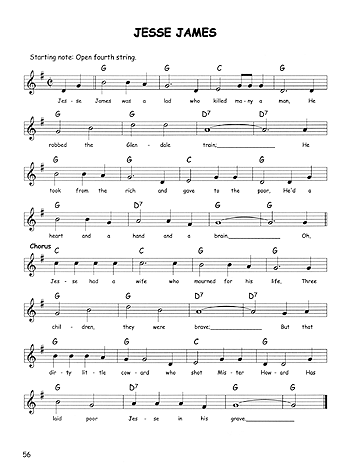
But don’t forget to write these chords down in your notebook under the appropriate major key. G+B+D (G major) becomes Ab+C+Eb (Ab major)Ī+C+E (A minor) becomes Bb+Db+F (Bb minor)į+A+C (F major) becomes Gb+Bb+Db (Gb major)ģ) Basically, you take this approach all the way up the piano. So again, C+E+G (C major) becomes Db+F+Ab (Db major) But Db major is much more common than C# so I went with Db.) Had I said “C#”, these chords would be C# major to G# major to A# minor to F# major… which looks just like the C major progression but with sharps. (Now, I chose to go to the key of Db rather than C#. So the “C major” chord becomes “Db major” And because you’re moving everything equally, the chord names stay the same.

So a half step up from C is Db.Ģ) Literally, you just move EVERY finger you have held down up a note. Remember that half steps are from key to key with no keys in between. (Again, this is in the key of “C major”).ġ) First, we’re going to move this chord progression up a half step. (Oops, before I present the steps, let’s lay out our basic chord progression)…Ĭ major – G major – A minor – F major (repeat) Now, take the chord progression you just learned in one key, let’s say “C major,” and get to work with these steps below…

Better yet, get a folder, 12 tabs, and label them according to the major keys.

Just take out a notebook and reserve a few pages for each major key. Ok, so you have four chords that you picked up online and you want to learn them in the other 11 keys. So the shortcut vs the long road (that’s worth the trip). The other way is more involved, but will help your understanding of music a lot better. One way, I learned about 16 years ago and still use at times. So this isn’t going to be easy but if you’re committed, you can learn to play in ALL 12 keys… not just one.


 0 kommentar(er)
0 kommentar(er)
